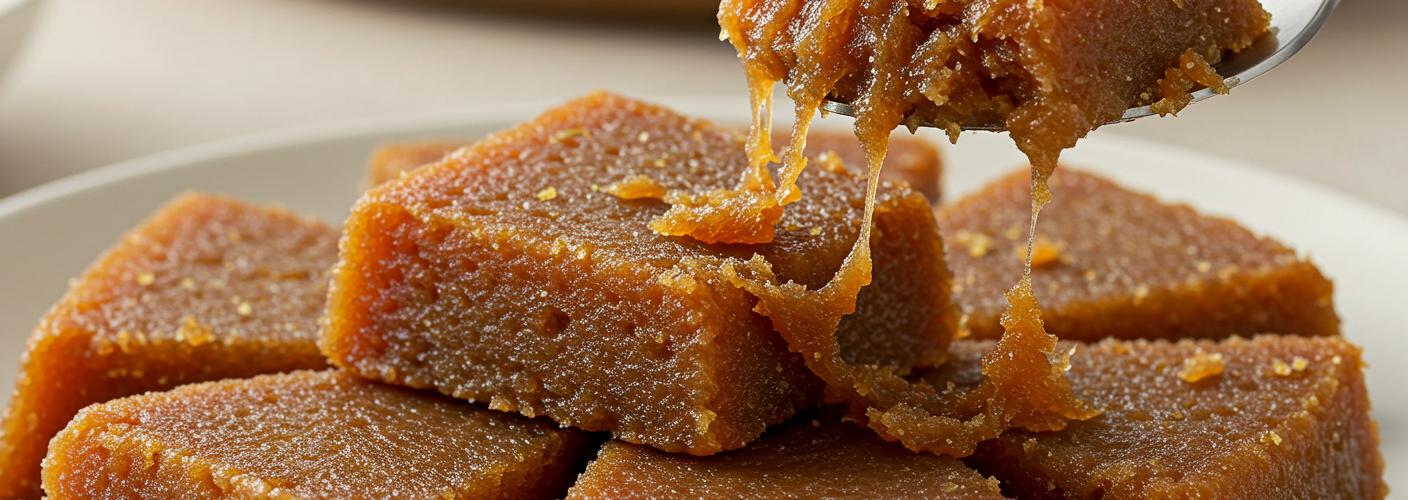Somali Halwa is a delightful dessert that embodies the rich culinary traditions of Somalia. Celebrated for its unique texture and flavor, this sweet treat has captured the hearts of many both within the Somali community and beyond. Whether you’re indulging in it during festive occasions or simply enjoying a slice with your afternoon tea, Somali Halwa offers a delicious glimpse into the culture of Somalia.
At the core of Somali Halwa’s composition are flour or nut butter, which create a dense, satisfying base that distinguishes it from other sweet confections. While various ingredients can be used, the balance of flavors and textures is what makes each batch distinct. Traditionally, the recipe calls for semolina flour or cornstarch, creating a luxurious consistency that melts in your mouth, while the addition of nut butter introduces a creamy richness that’s hard to resist.
The preparation of Somali Halwa is as much an art as it is a science. The process involves carefully roasting the flour or nut butter to bring out its natural flavors. This step is crucial, as it leads to the warm, nutty aroma that fills the kitchen, setting the stage for what is sure to be a cherished dessert. Once the flour or nut butter has reached the perfect golden hue, sugar and water are added to form a syrupy blend. Spices like cardamom, cinnamon, and occasionally the zest of citrus fruits are incorporated to infuse the Halwa with layers of aromatic flavor.
Serving Somali Halwa is a celebration in itself. It’s often cut into squares or diamonds and garnished with nuts such as pistachios or almonds, adding a delightful crunch that contrasts beautifully with its dense sweetness. In many families, this dessert holds a cherished place during celebrations and gatherings. It is commonly served alongside tea or coffee and is a staple at events such as weddings and religious celebrations.
For those looking to try their hand at making Somali Halwa at home, the beauty of this dish lies in its versatility. Different regions may have their variations, and you can easily customize the recipe to suit personal preferences. Some may prefer a sweeter Halwa, while others might opt for a hint of saltiness by experimenting with the amount of nut butter used. Furthermore, substituting traditional spices with local ones can create an entirely new twist on this beloved dessert.
Despite its richness, Somali Halwa is typically enjoyed in moderation, allowing the delicious flavors to linger without overwhelming the palate. This practice reflects the careful balance and appreciation for food that is a fundamental aspect of Somali culture.
In conclusion, Somali Halwa is more than just a dessert; it’s a representation of Somalia’s vibrant culinary heritage. Its inviting aroma, velvety texture, and harmonious flavors truly make it a special treat to savor. Whether you’re familiar with Somali cuisine or discovering it for the first time, indulging in a piece of Halwa connects you to a colorful tradition that has been passed down through generations. So, next time you’re in the mood for something sweet and unique, consider treating yourself to the delightful experience of Somali Halwa—your tastebuds will thank you!




Add comment